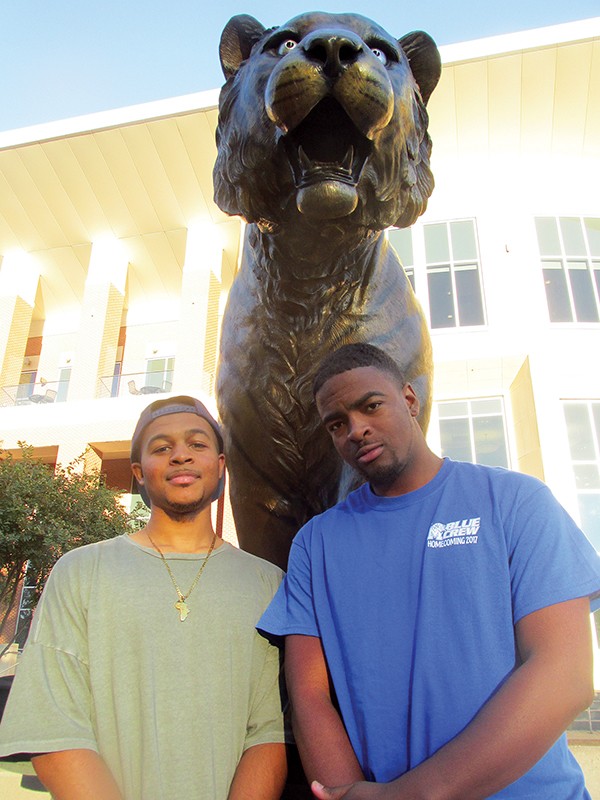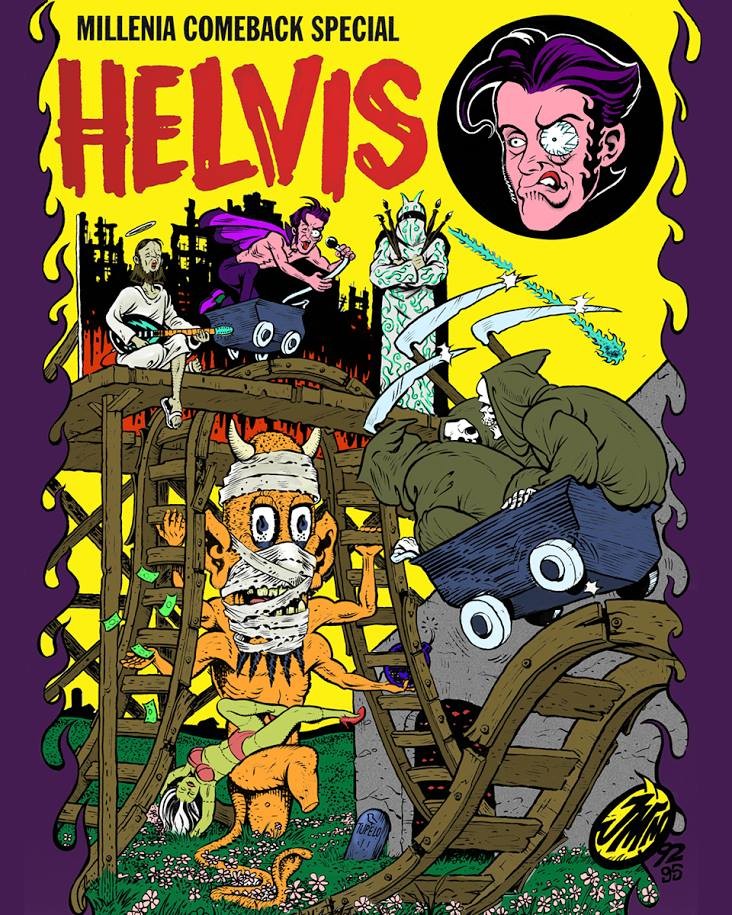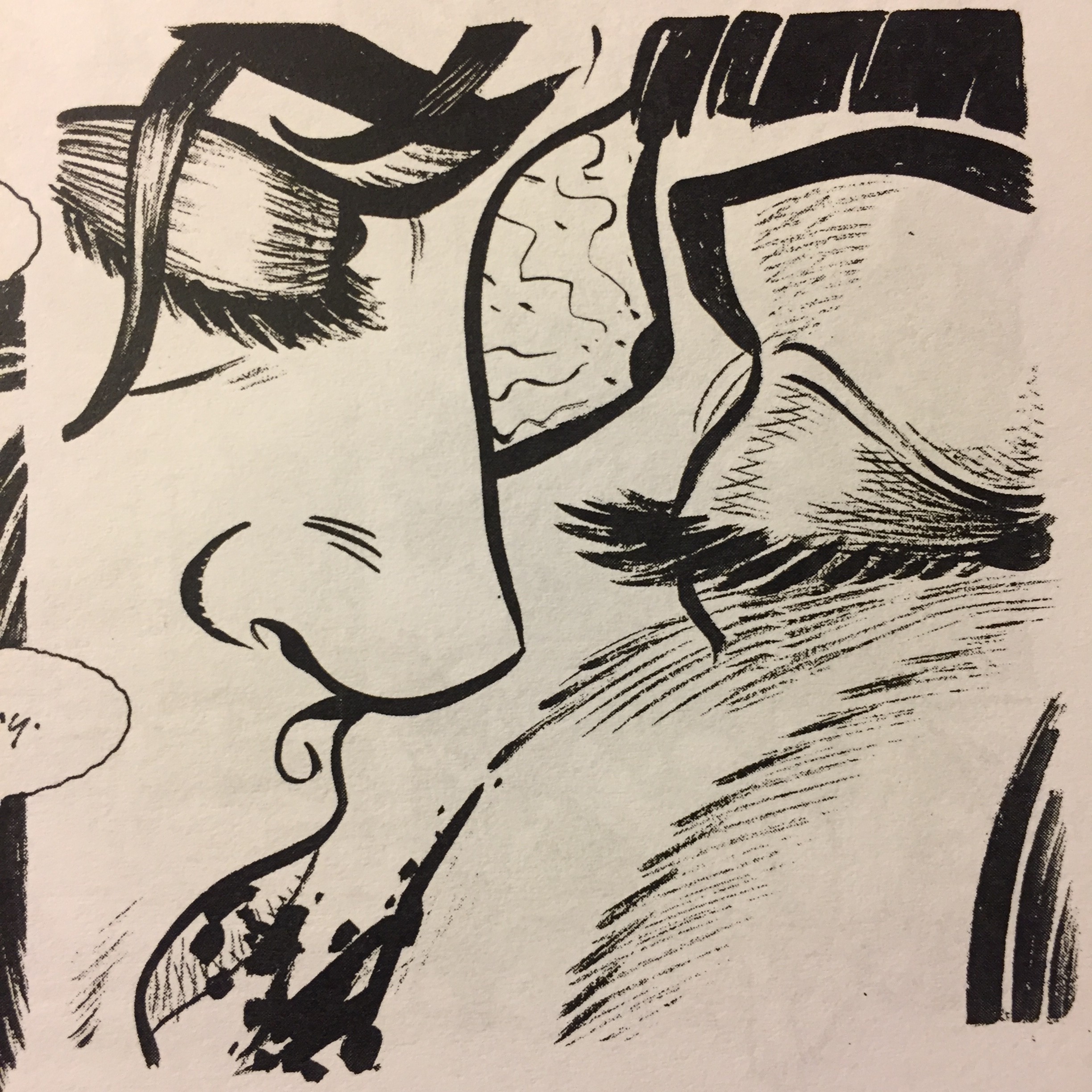Students are helping to bring a vacant apartment complex in Frayser back from the brink of dilapidation.
The two-year renovation of the Peachtree Apartments on Steele kicked off in August when art students from nearby Martin Luther King College Preparatory High School collaborated with the UrbanArt Commission (UAC) to install colorful murals on the building’s exterior.
Quincy Jones, project manager at ComCap Partners, one of the groups collaborating on the project, said this first step was important for two reasons: It showed the community that vacant buildings can still be “vibrant and appealing during its time of transformation,” and it got “residents to feel invested in the outcome.”
“We thought it would be a good opportunity for students there, and it was a logical idea to involve them,” he said.
ComCap, along with Neighborhood Preservation, Inc. (NPI), another organization driving the effort, focuses much of their work on rehabilitating the environments near schools to improve housing stock for students and their families and to enhance students’ academic performance.
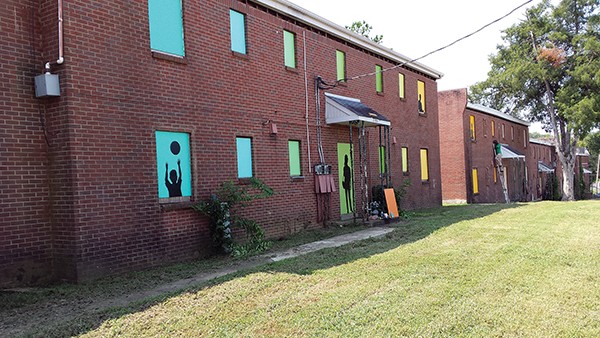
Murals at Peachtree Apartments
NPI president Steve Barlow said solving the housing insecurity problem is the key to neighborhood revitalization.
“High-quality, well-managed, truly affordable housing options for families are in short supply in Frayser and many Memphis neighborhoods,” Barlow said.
The result is housing insecurity, causing people to move many times a year “from one bad situation to another,” he said, which “hurts neighborhood schools and generally destabilizes the community.”
Inside the six buildings of the Peachtree apartment complex, renovations began by gutting the buildings, to remove mold, lead, and asbestos. But Jones said more funding is needed to complete the nearly $6 million project.
To secure more funding, he anticipates that existing, private funds will be matched with tax credits granted by Tennessee’s housing agency in the spring. Once funding is in place, the project will resume with interior remodeling, including the installation of new fixtures, floors, and walls.
When complete, the apartment complex will offer about 51 two-bedroom and three-bedroom units available for rent at prices comparable to those in other nearby apartments. Although necessary, Barlow said these types of affordable housing projects can be “very, very challenging.”
“Developing affordable rental housing in Memphis — whether it’s new construction or renovation of a blighted vacant building — is virtually impossible from an economics-only perspective,” he said, citing the high tax rate on multi-family real estate in Tennessee. He adds in “transitional” neighborhoods like Frayser, that have relatively low real estate values, it is harder to get funding.
“Returns on investment in affordable housing development in Memphis just can’t compete with returns in other markets,” Barlow said.
The revitalization of the Peachtree Apartments is a part of the larger Frayser Neighborhood Initiative, which, in part, is committed to improving the Dellwood corridor, or the “MLK Success Zone,” where the apartment complex and MLK Prep sit.
Overall, the initiative aims to end blight and advance economic development in the community.
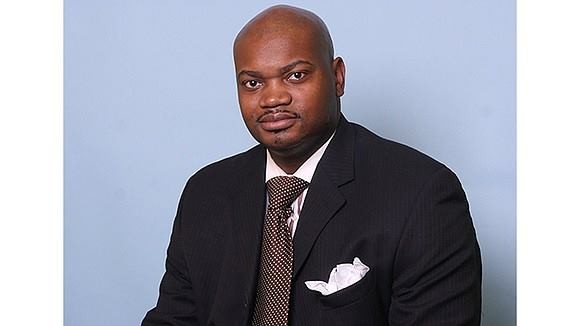
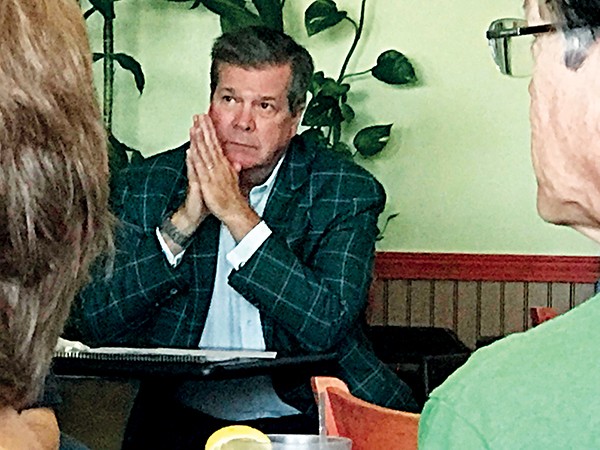 Jackson Baker
Jackson Baker 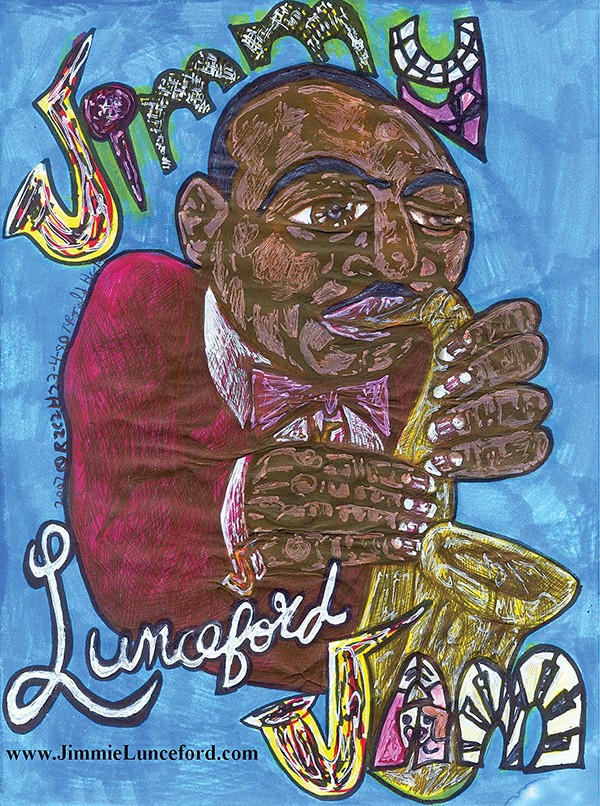
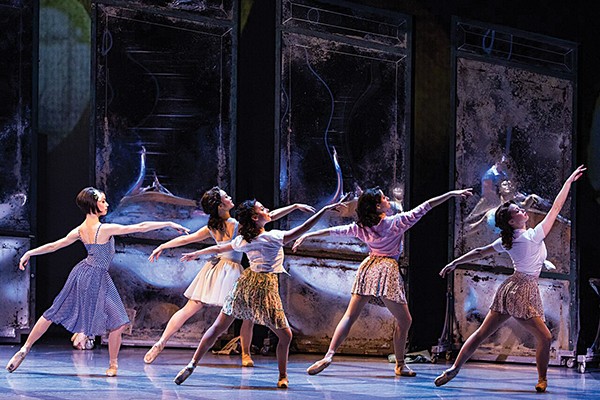 Matthew Murphy
Matthew Murphy 